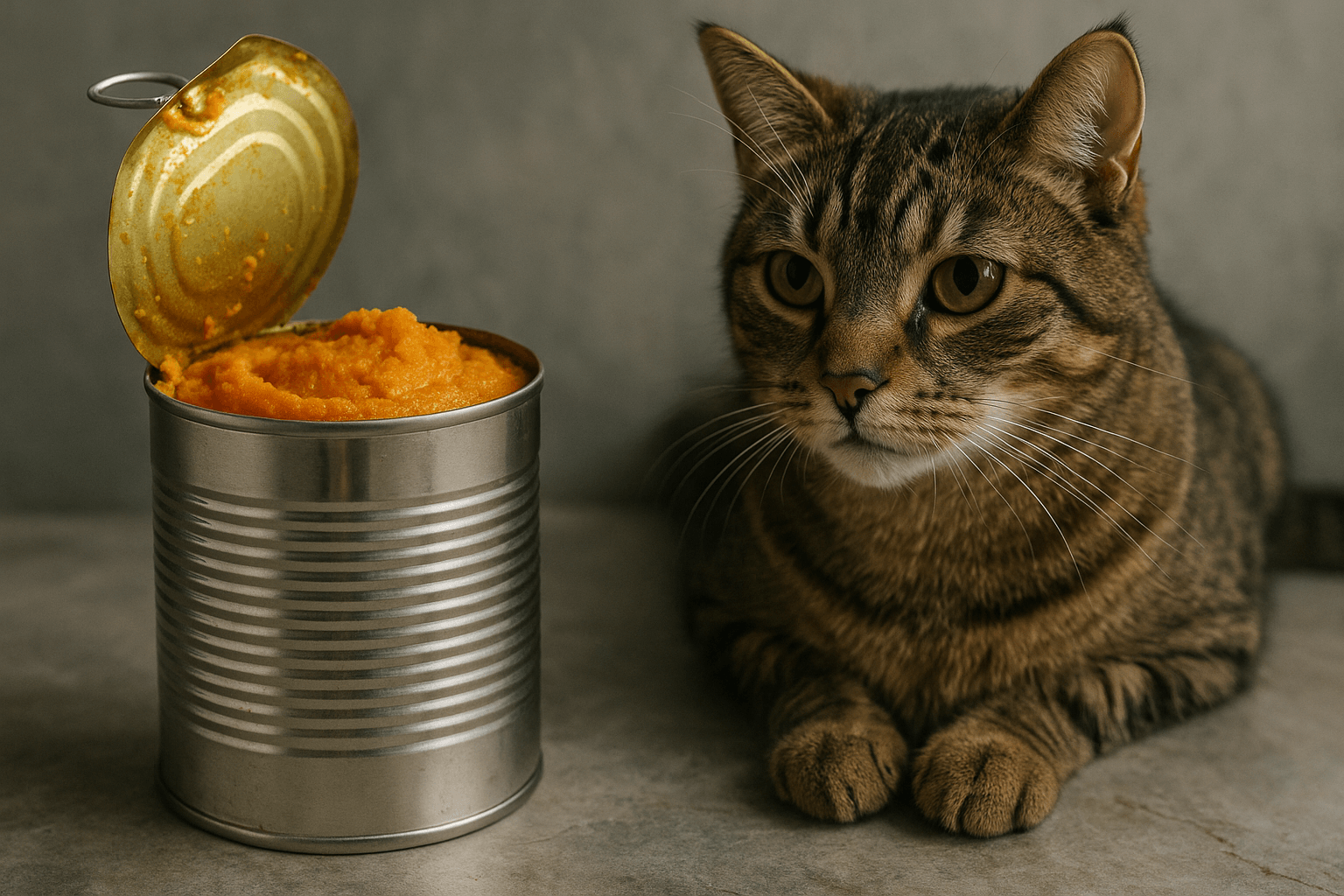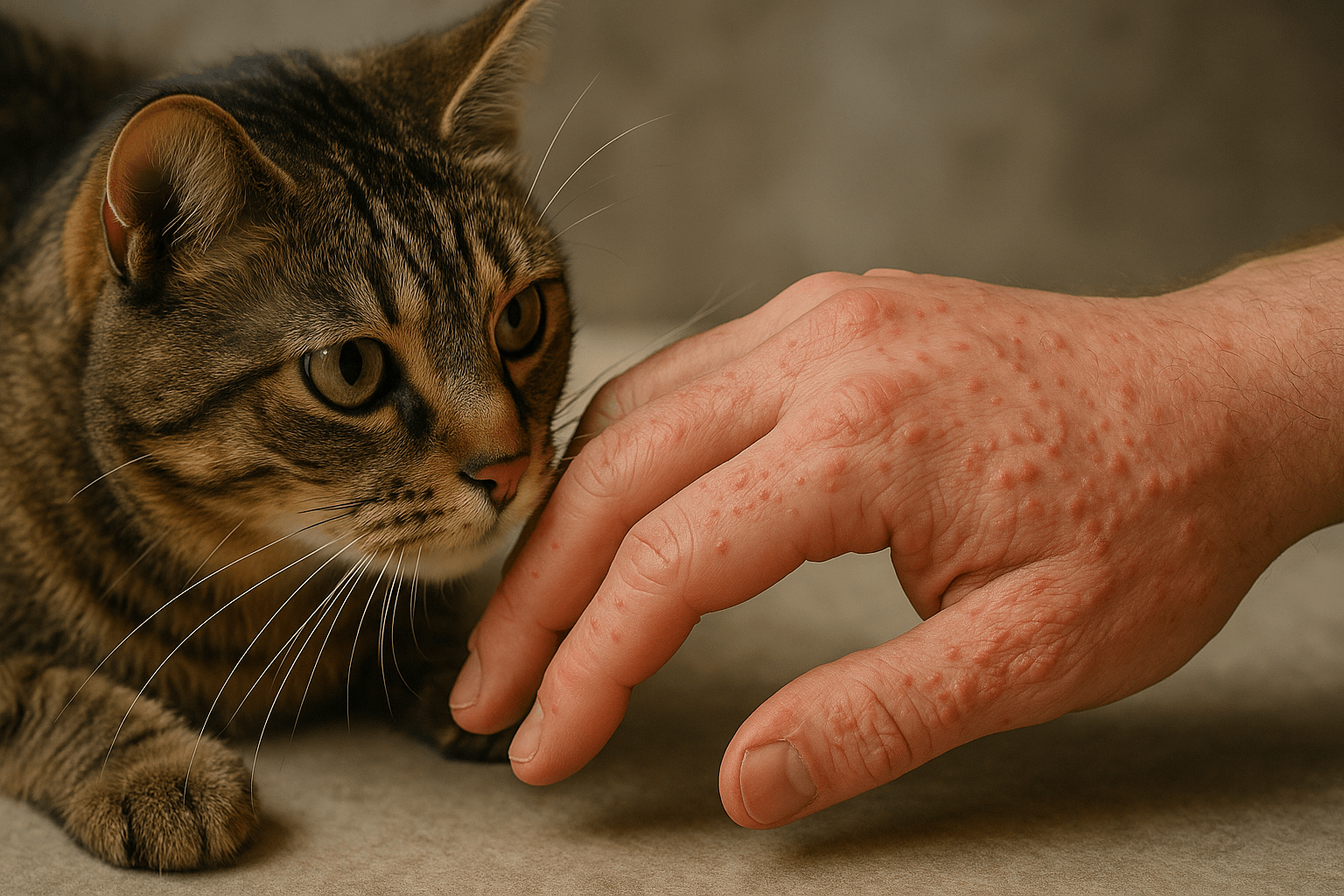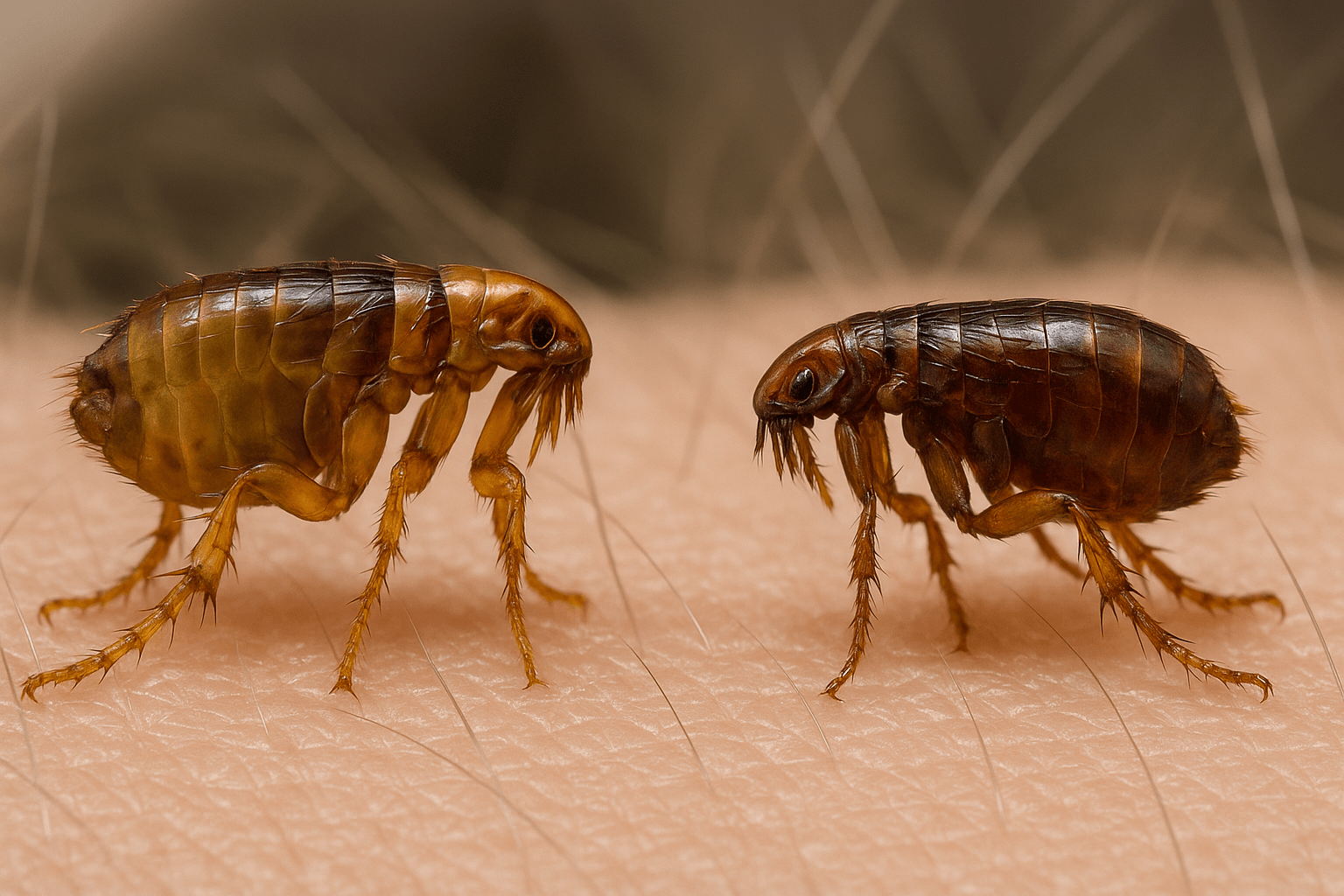Can Dogs Eat Pancakes? What You Need to Know Before Sharing
Pancakes are a beloved breakfast treat for many, but when it comes to sharing them with your furry friend, you might wonder: can dogs eat pancakes? While pancakes aren’t inherently toxic to dogs, they’re not exactly a healthy snack either. Packed with ingredients like sugar, butter, and sometimes chocolate or syrup, pancakes can pose risks if fed in large quantities or without consideration of your dog’s dietary needs. In this blog post, we’ll explore whether pancakes are safe for dogs, what ingredients to avoid, and how to offer them as an occasional treat. By the end, you’ll have all the information you need to make informed decisions about sharing pancakes with your pup.
Key Ingredients in Pancakes and Their Effects on Dogs
Before deciding whether to share pancakes with your dog, it’s important to understand how the key ingredients in pancakes can affect their health. Here’s a breakdown of common pancake ingredients and their potential impact:
Flour: Plain flour is generally safe for dogs, but some dogs may have allergies or sensitivities to wheat.
Sugar: High sugar content can lead to obesity, dental issues, and even diabetes if consumed regularly.
Butter: Butter is high in fat, which can upset your dog’s stomach or lead to pancreatitis in large amounts.
Milk: Many dogs are lactose intolerant, so milk or dairy-based batter may cause digestive upset.
Additives (Chocolate, Syrup): Chocolate is toxic to dogs, while sugary syrups can spike blood sugar levels and cause gastrointestinal distress.
While plain pancakes made with minimal ingredients might be okay in moderation, it’s crucial to avoid harmful additives. Always prioritize your dog’s health over indulgence.
Safe Alternatives to Regular Pancakes for Dogs
If you want to treat your dog to something pancake-like, there are healthier alternatives that are safer and more nutritious. Here are some dog-friendly pancake ideas:
Oatmeal-Based Pancakes: Use oatmeal instead of flour for a fiber-rich, easily digestible base.
Banana Pancakes: Mash bananas into the batter for natural sweetness without added sugar.
Egg-Only Pancakes: Whip up simple egg-based pancakes for a protein-packed treat.
Peanut Butter Pancakes (Xylitol-Free): Add a small amount of dog-safe peanut butter for flavor, ensuring it’s free of xylitol.
Veggie Pancakes: Incorporate grated carrots or zucchini for added nutrients and flavor variety.
These alternatives provide a tasty yet safe way to indulge your dog’s curiosity about pancakes. Always serve treats in moderation to avoid overfeeding.
Check this guide 👉Can Dogs Eat Canned Chicken? Best 7 Expert Tips!
Check this guide 👉Can Dogs Eat String Cheese? Best 7 Expert Tips!
Check this guide 👉Can Dogs Eat Eggplant? Best 7 Expert Tips!

Ingredients to Avoid | Dog-Friendly Substitutes |
|---|---|
Chocolate | Carob powder (safe alternative) |
Sugary syrups | Natural sweeteners like mashed banana |
Butter | Coconut oil or unsweetened applesauce |
Milk | Lactose-free milk or water |
Artificial sweeteners (Xylitol) | Stevia (in very small amounts, if needed) |
Tips for Feeding Pancakes to Your Dog Safely
If you decide to share pancakes with your dog, it’s essential to do so responsibly. Follow these tips to ensure their safety and enjoyment:
Serve in Small Portions: Offer bite-sized pieces to prevent choking and limit calorie intake.
Avoid Seasonings: Skip salt, cinnamon, or other spices that may irritate your dog’s stomach.
Check for Allergies: Monitor your dog for signs of food allergies or sensitivities after feeding.
Make It Occasional: Treat pancakes as an occasional indulgence rather than a regular part of their diet.
Supervise Consumption: Watch your dog while they eat to ensure they don’t gobble down large pieces.
By following these guidelines, you can minimize risks and make pancake-sharing a positive experience for both you and your dog. Remember, moderation is key.
Signs Your Dog May Have Eaten Something Harmful
Even with precautions, accidents can happen. If your dog eats pancakes containing harmful ingredients, watch for these warning signs:
Vomiting or Diarrhea: These are common symptoms of digestive upset caused by unhealthy or toxic foods.
Lethargy: A sudden lack of energy may indicate your dog is feeling unwell after eating something inappropriate.
Excessive Drooling: This could signal nausea or irritation from certain ingredients.
Seizures or Tremors: Ingesting chocolate or xylitol can lead to severe neurological symptoms requiring immediate veterinary attention.
Abdominal Pain: Whining, restlessness, or a hunched posture may suggest pancreatitis or other serious conditions.
If you notice any of these signs, contact your veterinarian immediately. Quick action can make all the difference in ensuring your dog’s recovery.
Health Risks of Feeding Pancakes Regularly
Feeding pancakes to your dog on a regular basis can lead to several health risks. While an occasional treat might not cause harm, frequent indulgence can have long-term consequences. Here are some potential risks to be aware of:
Weight Gain: Pancakes are calorie-dense, and regular consumption can contribute to unhealthy weight gain.
Dental Problems: The sugar in pancakes can lead to plaque buildup, cavities, and gum disease over time.
Pancreatitis: High-fat ingredients like butter or syrup increase the risk of pancreatitis, a painful and serious condition.
Nutritional Imbalance: Pancakes lack essential nutrients that dogs need, potentially leading to deficiencies if they replace healthier foods.
Digestive Issues: Ingredients like dairy or artificial additives can upset your dog’s stomach and cause diarrhea or vomiting.
To protect your dog’s health, it’s best to limit pancakes to rare occasions and focus on a balanced diet tailored to their needs.
Fun Ways to Share Pancake Moments with Your Dog
If you want to include your dog in pancake-themed fun without compromising their health, there are creative ways to involve them safely. These activities allow you to bond while keeping their well-being in mind. Here are some ideas:
DIY Dog Pancake Recipe: Bake homemade pancakes using dog-safe ingredients like oatmeal, banana, and peanut butter.
Pancake Toppings Bar for Dogs: Set up a “toppings bar” with safe options like blueberries, pumpkin puree, or yogurt.
Pancake Training Treats: Cut small pieces of dog-friendly pancakes into bite-sized portions for training rewards.
Pancake-Themed Playtime: Use pancake-shaped toys or puzzles to engage your dog in fun, interactive games.
Photo Opportunities: Capture adorable moments of your dog enjoying their special pancake treat for memories to cherish.
These activities make pancake time enjoyable and safe, allowing you to share the experience without guilt.
Signs Your Dog Loves Pancakes (and How to Tell)
Some dogs absolutely adore pancakes, while others may not show much interest. If you’re curious whether your dog enjoys this treat, here are some signs to look for:
Excited Behavior: Wagging tails, jumping, or whining when they smell pancakes may indicate excitement.
Eager Eating: If your dog gobbles up pancake pieces quickly, they likely enjoy the taste.
Licking Their Lips: Frequent lip-licking after eating pancakes suggests they find them delicious.
Following You to the Kitchen: If your dog follows you during pancake preparation, they’re likely anticipating a tasty reward.
Asking for More: Pawing at you or giving you “puppy eyes” after finishing their portion shows they want another bite.
While these signs indicate your dog loves pancakes, always remember to prioritize moderation and health. Not every dog will react the same way, so observe their behavior closely and adjust accordingly.
Frequently Asked Questions About Dogs and Pancakes
Can dogs eat plain pancakes?
Yes, plain pancakes made with minimal ingredients are generally safe in small amounts, but they should still be given sparingly.
Is maple syrup safe for dogs?
Maple syrup isn’t toxic, but its high sugar content makes it unhealthy for dogs. It’s best avoided altogether.
What happens if my dog eats chocolate pancakes?
Chocolate contains theobromine, which is toxic to dogs. Seek veterinary care immediately if your dog consumes chocolate pancakes.
Can I use honey instead of sugar in dog-friendly pancakes?
Honey is a better alternative to refined sugar, but it should still be used sparingly due to its high calorie content.
How often can I give my dog pancakes?
Pancakes should only be given as an occasional treat, not a regular part of your dog’s diet.
In Conclusion: Can Dogs Eat Pancakes?
So, can dogs eat pancakes? The answer is yes—but with caution. While pancakes aren’t inherently toxic, they’re often loaded with ingredients that can harm your dog’s health if consumed in excess. By opting for dog-friendly alternatives and serving pancakes in moderation, you can safely share this human treat with your furry companion. Always prioritize your dog’s well-being and consult your veterinarian if you’re unsure about introducing new foods. With careful preparation and mindful feeding, you can enjoy special moments with your dog without compromising their health. After all, a happy and healthy pup is the best pancake partner you could ask for!
Canned Pumpkin for Cat Diarrhea: Best 7 Expert Tips! Natural remedy to firm stools, soothe upset bellies, and support gut health safely.
Can a Cat Give You Scabies? Best 7 Expert Tips! Discover the truth about feline mites, human skin risks, and how to protect yourself—without panic.
Cat Flea vs Human Flea: Best 7 Expert Tips! Discover the truth about bites, species, and how to eliminate infestations for good.
Weird Cat Behaviors: Best 7 Expert Tips! Discover why cats do strange things—and how to understand, not punish, their instincts for a happier home.





